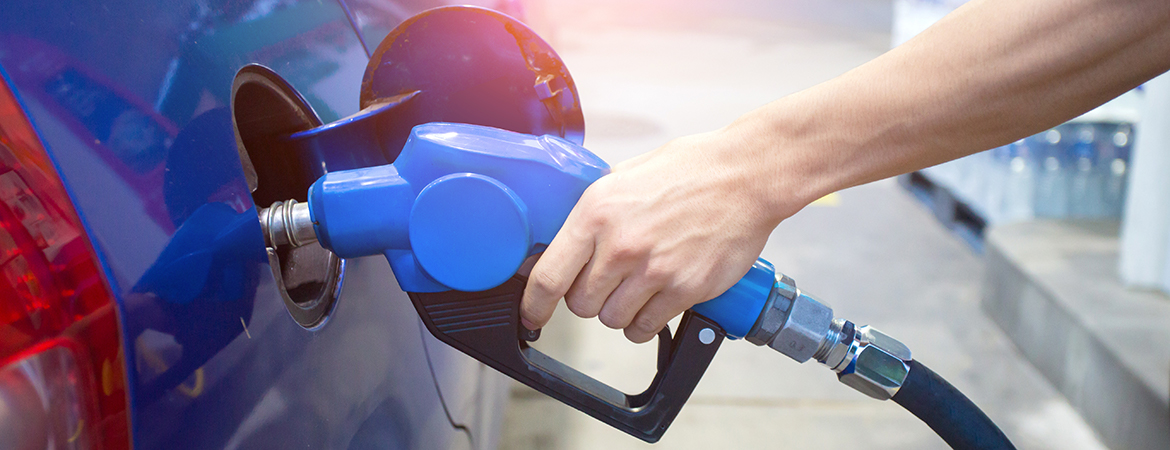Staying safe at the gas pump
Did you know that, though rare, re-entering your car at the pump can cause extreme personal and property damage?

It’s a brisk early winter morning as you pull up to the gas pump. You remove the nozzle, click the hold-open clip into position and seek refuge in your warm car as the tank fills.
Did you know that, though rare, re-entering your car at the pump can cause extreme personal and property damage?
That’s because a person who slides across the seat in their vehicle can build thousands of volts of static charge (think of the same static shock you sometimes get dragging your feet across the carpet). Usually, any charge acquired inside the vehicle is harmlessly discharged through the person’s shoes or by touching a metal object, but sometimes – that static electricity jumps from hand to nozzle, turning harmless vapors into a fiery burst, like the one seen in this video posted by the Petroleum Equipment Institute (PEI):
PEI studied this phenomenon in the 1990s after a number of mysterious pump fires were reported. Few formal investigations can be found on the issue – though almost 200 people have reported to the PEI being involved in a refueling fire.
In the very chilly winters of Massachusetts, these fires actually sparked the government to get involved. For decades, gas pump nozzles existed without the little clip that locks the trigger into place, forcing residents to manually pump in the freezing cold. In one Boston Globe article, gas station owner John Coyle said he’d seen desperate Bay Staters prop the nozzle open with everything from tennis balls and oranges to squeegees and shoes. In 2015, the state finally gave in and repealed the ban.
To combat the risk of these gas pump fires, the National Fire Protection Association (NFPA) simply urges that “if you must get into the vehicle during refueling, discharge any static electricity by touching metal on the outside of the vehicle, away from the filling point, before removing the nozzle from your vehicle.”
The NFPA offers these additional tips for service station safety:
- Always turn off your vehicle's engine when refueling.
- Keep gasoline and other fuels out of children's sight and reach. Never allow a child to pump gas.
- Don't smoke, light matches, or use lighters while refueling.
- Do not top off or overfill your vehicle, which can cause spills.
- After pumping gasoline, leave the nozzle in the tank opening for a few seconds to avoid drips when you remove it.
- If a fire starts while you're refueling, don't remove the nozzle from the vehicle or try to stop the flow of gasoline. Leave the area and call for help immediately.
When filling a portable container:
- Use only approved portable containers for transporting or storing gasoline.
- Place the container on the ground before filling. Fires caused by static charges have occurred when people filled portable containers in the back of pick-up trucks, particularly those with plastic bed liners.
- Keep the nozzle in direct contact with the container. Fill it only about 95 percent full to leave room for expansion.
>> We want you to be safe out there on the road… but accidents still happen. At Kentucky Farm Bureau, we’ve got agents in all 120 counties. Click to find one near you.
